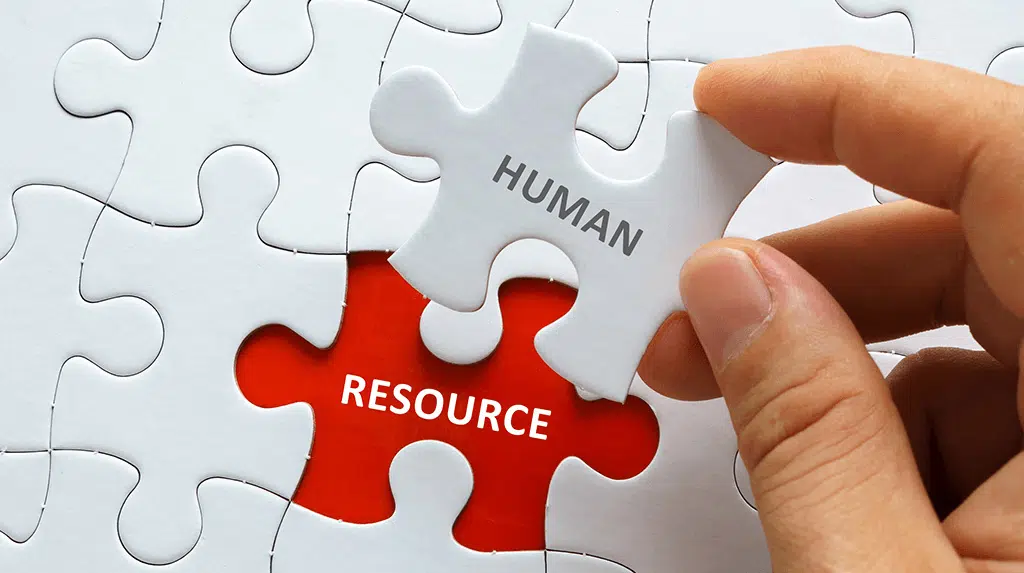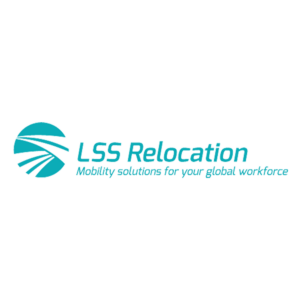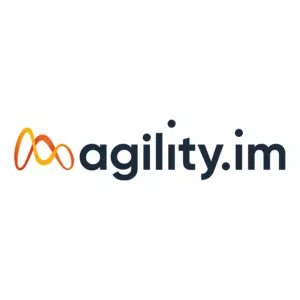The HR World speaks to industry leaders about their careers and life – what advice would they pass on and what wisdom brought them to where they are now.
In this edition, we caught up with Sophie Austin, HR Partner at Monahans, who believes in championing a culture where colleagues are empowered to play an active part in creating a more sustainable world.

23 May 2023

Story by
Sophie Austin, HR Partner at Monahans
In this edition, we caught up with Sophie Austin, HR Partner at Monahans, who believes in championing a culture where colleagues are empowered to play an active part in creating a more sustainable world.
We should all be conscious of the impact we, and our businesses, are having on the environment. Amidst growing numbers of organisations being exposed for greenwashing, a new trend has emerged of firms implementing well-meaning environmental measures badly – catchily termed ‘green-botching’. So, how can organisations toe the line between ‘pretending’ to be green, and being green in a way that genuinely – and positively – impacts people and planet? And more specifically, in business, in a way that impacts culture and performance?
Firstly, and most importantly, ask yourself ‘why?’
The organisations that are being accused of greenwashing are getting caught out because they think they should be seen doing something, rather than exploring what it is they should be doing and why they should be doing it. If the objectives are PR or profit, rip up your proposal and start again, because policies should sit more intrinsically with a business’s values and vision. For Monahans this is ‘To be recognised in the marketplace for delivering great service to our clients and creating an environment for our people to flourish and grow.’ The key is that we can’t achieve this without a programme of continuous colleague development. This improves their personal and professional outcomes and advances their careers, in turn driving employee engagement, which motivates colleagues to do the best for their clients. Playing an active part in creating a more sustainable world, and making a positive social and environmental impact is not just the right thing to do, it’s good business. The irony is that by not focusing on profit, the profit will come.
Identify a clear framework against which you can benchmark
Businesses that have thought long and hard about their ‘why’ can then focus on their ‘how’. There are various metrics – such as the B Corp framework – that allow businesses to paint a detailed picture of their ESG credentials. With such a framework as the basis for change and setting deadlines for rigidity, it’s possible to make more concrete plans and assess progress against these. This might – nay, should – also involve researching what others are doing in your market. After all, a little ‘friendly’ competition in this area is no bad thing.
Be honest about where you’re falling short
Don’t shout about how much you recycle if the business isn’t contributing to employee or socio-economic development. You just have to look at Brewdog – which recently copped flak for boasting about being carbon-negative, while accusations were flying around the company of staff bullying and a toxic culture – as an example of this. (The brewer lost its B Corp certification as a result.) No business is perfect, so it need not be a cause for concern if you’re underperforming in certain areas; rather, an opportunity to identify how you can be better and where improvements can be made.
Adopt the 5/25 – or even the 3/25
It was Warren Buffett who famously advised his pilot to write a list of the 25 things he wanted most in life, circle the top five and forget about the other 20. Because spending time on the 20 detracts from the five, and you simply won’t get around to the most important items on your list.
There are many possible strains to ESG – across the broad brackets of your employees, your community, your customers, the way you do business and the impact on the environment – and you can’t focus on all of them.

Instead, identify two or three key indicators and plan how to make wholesale changes in these areas for maximum impact. In short, don’t try and change everything; do a small number of things really well, rather than a lot of things half-heartedly.
Prioritise your people
That said, one of your five (or three) should be your people – an element of the ‘S’ of ESG. So, how do you embed ESG in your culture and your people practices, to ensure this becomes the fabric of the organisation? Do you regularly engage with and seek feedback from your teams? Are they actively encouraged to contribute to business decisions? More generally, what training and development do you offer your employees and how do you support them to build careers? How do you understand and support employees’ health and wellbeing needs throughout their employment? How do you build strong community relationships? What are you doing to encourage workplace diversity?
Now more than ever, when hiring is an issue for many businesses, the ability to attract and retain top talent is crucial and asking questions like the above will see you standing out as championing a culture where colleagues are able to thrive. From here, you can encourage staff to be part of wider change.
Change will be led from the top
We have taken great care to allocate the appropriate level of resource to implement the changes needed, including Partnership accountability. It is naturally a focus for HR to want to instill positive change across an organisation but securing a senior level of buy-in will ensure that it is a priority for the business. Colleagues want to feel like they are working on meaningful projects, but will be less inclined to do so if there isn’t the input from ‘on high’.
Communicate clearly
Being clear on the business’s purpose and make it the driving force behind what colleagues are doing is critical to engagement. Clarity, too, is needed to communicate how training and development is going to help achieve this; it is not enough to simply state the organisation’s vision and hope that colleagues buy into it. The company’s mission and values should therefore be reflected though dedicated communications, whether its ESG newsletters (from the relevant Partner), or otherwise. Remember, though, communication is a two-way street, so you should also be asking questions of what your colleagues want, rather than simply telling them what they need, for example through employee engagement surveys. We are very proud of the fact that Monahans’ most recent survey indicated that 96% of colleagues “understand Monahans’ values” (up from 95% the previous year).
Reap the benefits
As issues like climate change increasingly dominate our news feeds, organisations with cultures which mirror employees’ own personal values and priorities are becoming an important differentiator for many. But this should be seen as an opportunity, rather than a challenge, as engagement of colleagues is a key driver of business growth. With this as a foundation, ESG values will spread, for example in collaboration with clients and partners to co-create more sustainable strategies, and the organisation will see the benefits in the shape of attracting talent who share your vision, and new clients who value your way of doing business.






